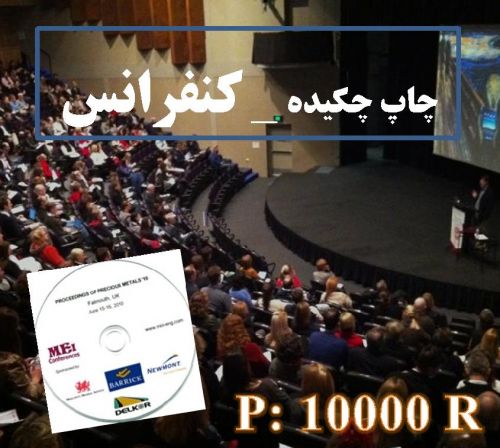Background and Objective: Snack is adolescents’ most important meal at school. Although some studies have worked on the relationship between the consumption of snacks at schools with Body Mass Index, the results of such studies do not confirm any meaningful relation. The present study aimed at evaluating the use of snacks and their relationship with Body Mass Index among high school students in the Iranian city of Sanandaj. Design: In this cross-sectional research, 553 students were randomly selected. Their height, weight and food consumption frequency were collected. The data was analyzed by SPSS version 16 and chi-square test. Results: 51.7% (286) of respondents were boys and 48.3% (268) were girls. 18.1% of the students did not eat any snack at the school. Among male student population: 41.4% said they ate sandwiches, 15% ate home-made food (home-made bread), 9% had fruits and juices, 13.2% had snacks (including chips, cakes and biscuits), 2.4% drank milk and 0.9% used to eat nuts and dried fruits. In comparison, most of the female students did not eat snacks. They preferred home-made food more than boy students. The study could not find a firm relationship between Body Mass Index and the use of snacks at schools (p>0.05). Conclusion: Despite the findings, the results suggest that high school students in Sanandaj do not usually eat healthy, nutritious snacks and snacks do not follow the right dietary pattern.
کلید واژگان :Snack, Body Mass Index, Student
ارزش ریالی : 100000 ریال
با پرداخت الکترونیک
جزئیات مقاله
- کد شناسه : 8148430976092584
- سال انتشار : 1394
- نوع مقاله : چکیده مقاله پذیرفته شده در کنفرانس ها(فایل کامل مقاله بارگزاری گردد)
- زبان : انگلیسی
- محل پذیرش : پنجمين كنگره پيشگيري و درمان چاقي در ايران 25 الي 27 آذر ماه 1394 صفحه 243
- برگزار کنندگان :
- تاریخ ثبت : 1395/10/24 15:46:00
- ثبت کننده : فواد علیمرادی
- تعداد بازدید : 229
- تعداد فروش : 0
